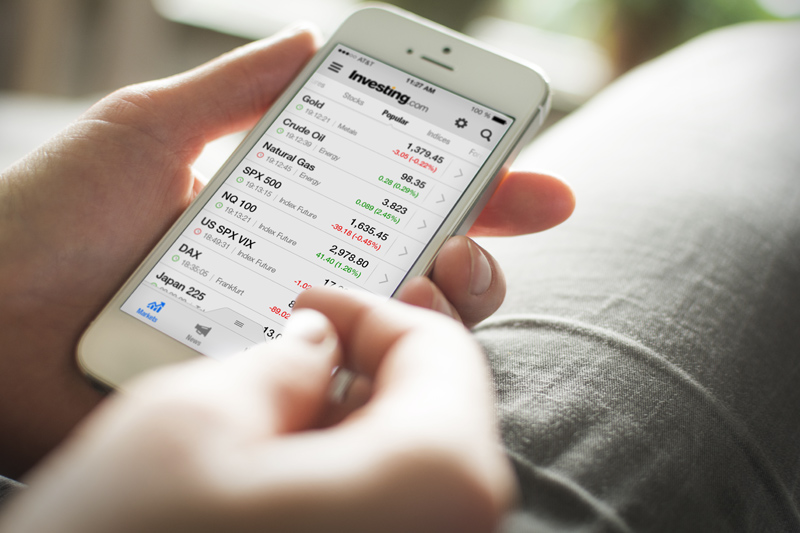Investing.com - The dollar was higher against the euro on Monday after senior European Central Bank officials indicated that further monetary easing could be on the cards, while U.S. data painted a mixed picture of the economic recovery.
EUR/USD was last trading at 1.3781, 0.43% lower for the day.
The single currency weakened after ECB governing council member and Bundesbank chief Jens Weidmann said a negative deposit rate could be an appropriate way to address the impact of strong gains in the euro.
He also said it was not out of the question for the ECB to buy loans or other assets from banks to fight deflation, indicating a softening of the Bundesbank’s stance on quantitative easing.
Separately, ECB Governing Council member Josef Makuch said the bank is prepared to take decisive steps if necessary, adding that many policy options are available, including adding liquidity.
Meanwhile, a report on Tuesday showed that the German Ifo business confidence index fell to 110.7 in March from 111.3 in February. It was the first decline in five months.
The expectations component of the index weakened as concerns over the impact of the Crimea crisis weighed, but the current assessment component continued to improve, rising to the highest level since April 2012.
Elsewhere, USD/JPY edged up 0.06% to 102.30 in rangebound trade, while USD/CHF rose 0.56% to 0.8857.
Data released on Tuesday showed that U.S. consumer confidence jumped to a six-year high in March while another report showed that new home sales fell more-than-expected in February.
The Conference Board reported that its index of consumer confidence increased to 82.3 this month, the highest since January 2008, from 78.3 in February. Analysts had expected the index to tick up to 78.6.
Separately, the Commerce Department said new home sales fell by the most in five months in February, indicating continued weakness in the housing sector.
Sales of new homes fell by 3.3% in February to 440,000 units, the weakest level since last September. Market expectations had been for a decline of 4.9%.
The dollar was steady close to five-week lows against the pound, with GBP/USD trading at 1.6511.
Sterling remained steady after official data on Tuesday showed that the annual rate of inflation in the U.K. fell to 1.7% in February, from 1.9% in January.
January was the first time in more than four years that the U.K. inflation rate fell below the Bank of England’s 2% target. The decline in inflation will give the Bank of England leeway to keep rates on hold for longer, even as the economy continues to make a rapid recovery.
The Australian dollar advanced to three-month highs, with AUD/USD up 0.23% to 0.9150 after weak Chinese manufacturing data on Monday fuelled hopes that the government may implement stimulus measure to shore up growth. NZD/USD rose 0.16% to 0.8559, while USD/CAD slipped 0.15% to 1.1174.
The US Dollar Index, which tracks the performance of the greenback versus a basket of six other major currencies, was up 0.27% to 80.29.
